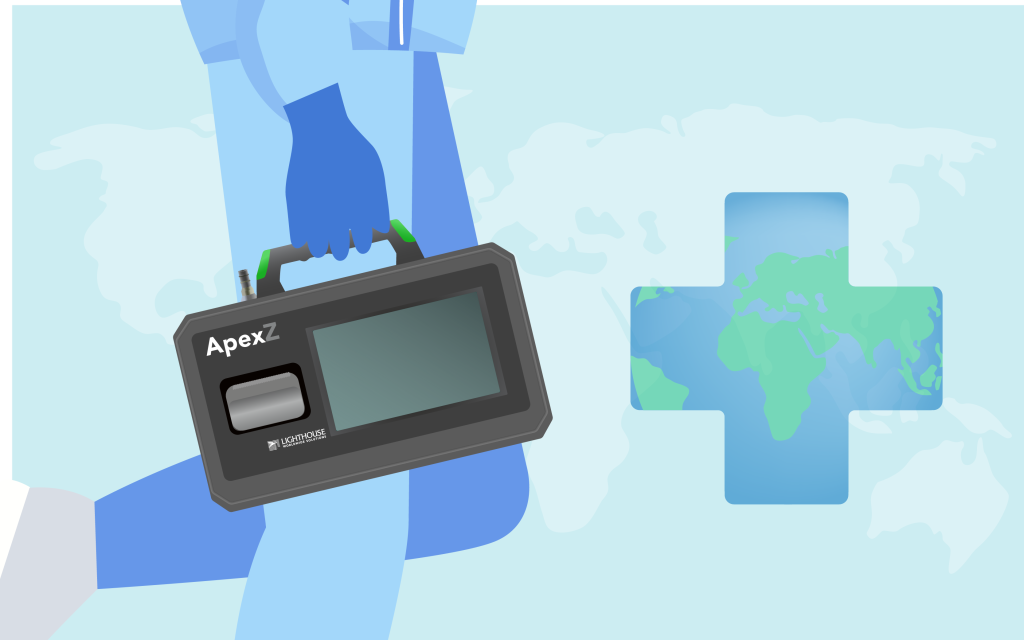In the complex landscape of pharmaceutical manufacturing, where the safety and efficacy of medicinal products are paramount, Annex 1 of the EU Guidelines for Good Manufacturing Practice (GMP) for Medicinal Products 2022 stands as a crucial document. One of its core components, the Contamination Control Strategy (CCS), plays a pivotal role in ensuring the production of sterile medicines. This blog delves into the significance of the CCS and the pivotal role of Environmental Monitoring in safeguarding the integrity of pharmaceutical products.
Understanding the Contamination Control Strategy (CCS)
Imagine a football team strategizing to secure a win by studying their opponents’ moves and adapting their gameplay accordingly. In a similar manner, the CCS functions as a comprehensive game plan for pharmaceutical facilities, working to identify and manage potential risks related to product quality and safety, particularly microbial and particulate contamination. Just as a football team utilizes data to refine its strategies, the CCS employs data from environmental monitoring points throughout the facility to enhance its measures.
The CCS establishes controls for microorganisms, endotoxin/pyrogen, and particles at its core based on the current understanding of products and processes. These controls encompass a range of factors, including facility design, process controls, personnel training, raw material management, and more. By addressing these areas comprehensively, the CCS guarantees process performance and product quality, focusing on risk mitigation.
Implementing the CCS: A Comprehensive Approach
For the CCS to be effective, it must be embraced across the entire pharmaceutical facility. Critical control points are identified and assessed, covering design, procedural, technical, and organizational controls. The collective strategy of the CCS works to provide robust assurance against contamination risks. Regular reviews and updates are vital, driving continuous improvement within the manufacturing process and product quality.
Sources of contamination span from microbial elements to particulate matter, including visible and sub-visible particles. The CCS should encompass aspects like facility and process design, premises and equipment, personnel, utilities, raw material controls, product containers, closures, vendor approval, and the management of outsourced activities. A holistic approach ensures that all potential sources of contamination are addressed and managed effectively.
The Role of Environmental Monitoring
Environmental monitoring serves as a cornerstone of the CCS. It’s not just about monitoring for monitoring’s sake; rather, it’s a proactive strategy to minimize microbial and particle contamination risks. The monitoring program encompasses both the maintenance of aseptic processing conditions and the assessment of potential contamination risks. This program includes monitoring locations that pose the highest risk of contamination, such as sterile equipment surfaces, containers, closures, and products.
Airborne particle concentration in different graded areas is monitored and controlled, with set limits ensuring sterile operations. Microbial monitoring, particularly in grade A and grade B cleanrooms, is crucial for the timely detection of environmental and process trends. Routine monitoring of cleanrooms, equipment, and personnel throughout critical processing stages helps maintain cleanliness standards.
The Digital Advancement in Contamination Control Strategy
Embracing digital technologies can significantly enhance the effectiveness of the CCS. Particle Counters equipped with advanced capabilities can streamline monitoring processes. These enhancements offer benefits such as improved data integrity, streamlined monitoring plans, wireless barcode location IDs, digital reports, centralized database interfaces, and more. The integration of these digital solutions ensures a more transparent and data-driven approach to contamination control.
Enhancing Viable Data Integrity
As pharmaceutical manufacturing requires continuous monitoring, advancements in rapid microbial detection methods offer promise. Active air sampling, still a key method, can now connect to digital monitoring systems. Factors like flow rate, D50 cutoff, connection to the CCS, remote sampling, system redundancy, and rapid detection methods all contribute to enhanced data integrity in viable monitoring.
Conclusion
In the realm of pharmaceutical manufacturing, maintaining sterility is non-negotiable. Annex 1 of the EU Guidelines for GMP for Medicinal Products 2022 emphasizes the Contamination Control Strategy as a cornerstone of producing safe medicines. By integrating well-designed facilities, robust processes, and rigorous monitoring, pharmaceutical facilities can achieve the desired level of sterility. Environmental monitoring and digital advancements provide the necessary tools to safeguard the production of sterile medicinal products and maintain the highest quality standards. With an effective CCS and vigilant environmental monitoring, the pharmaceutical industry can continue to ensure the safety and efficacy of its products for the well-being of patients worldwide.


